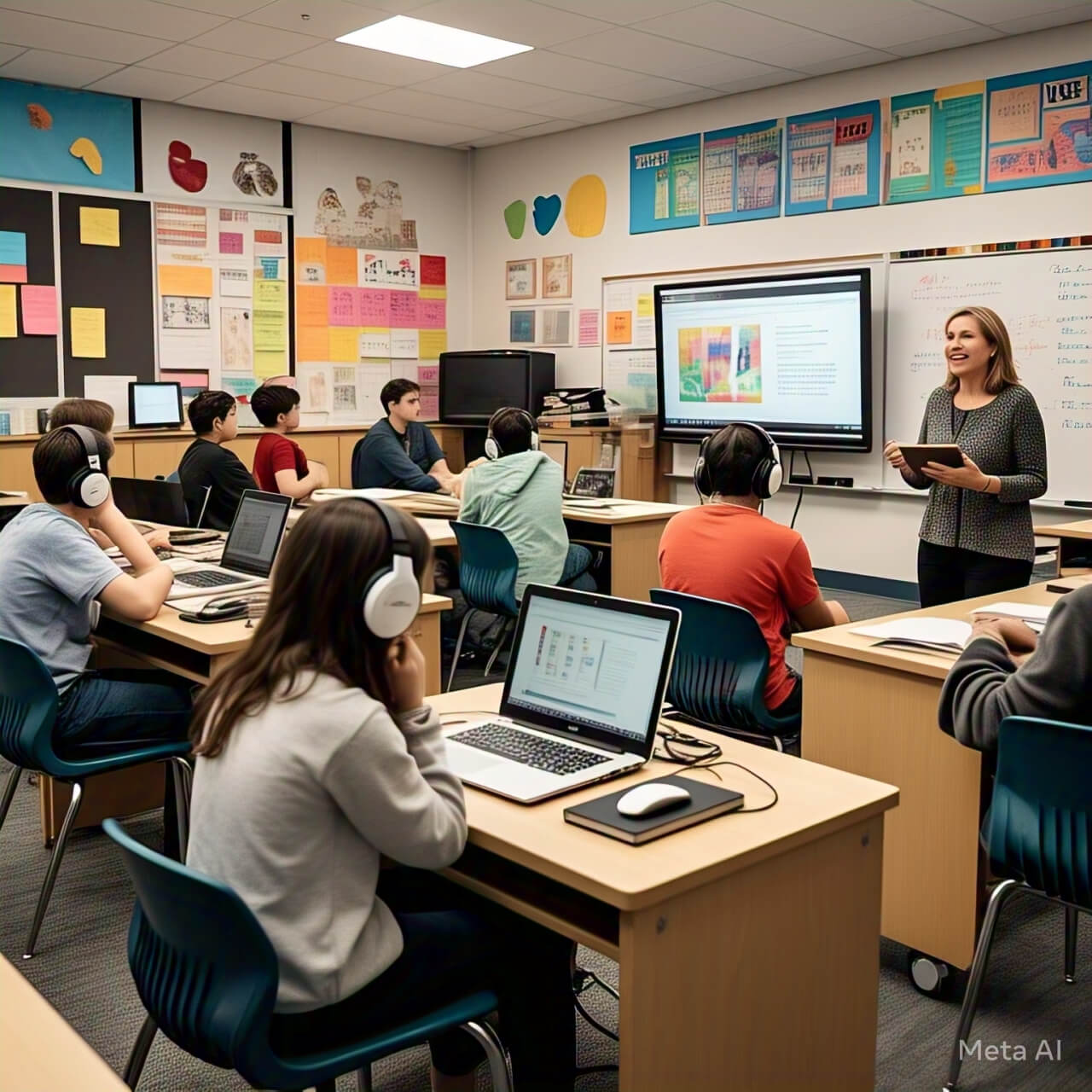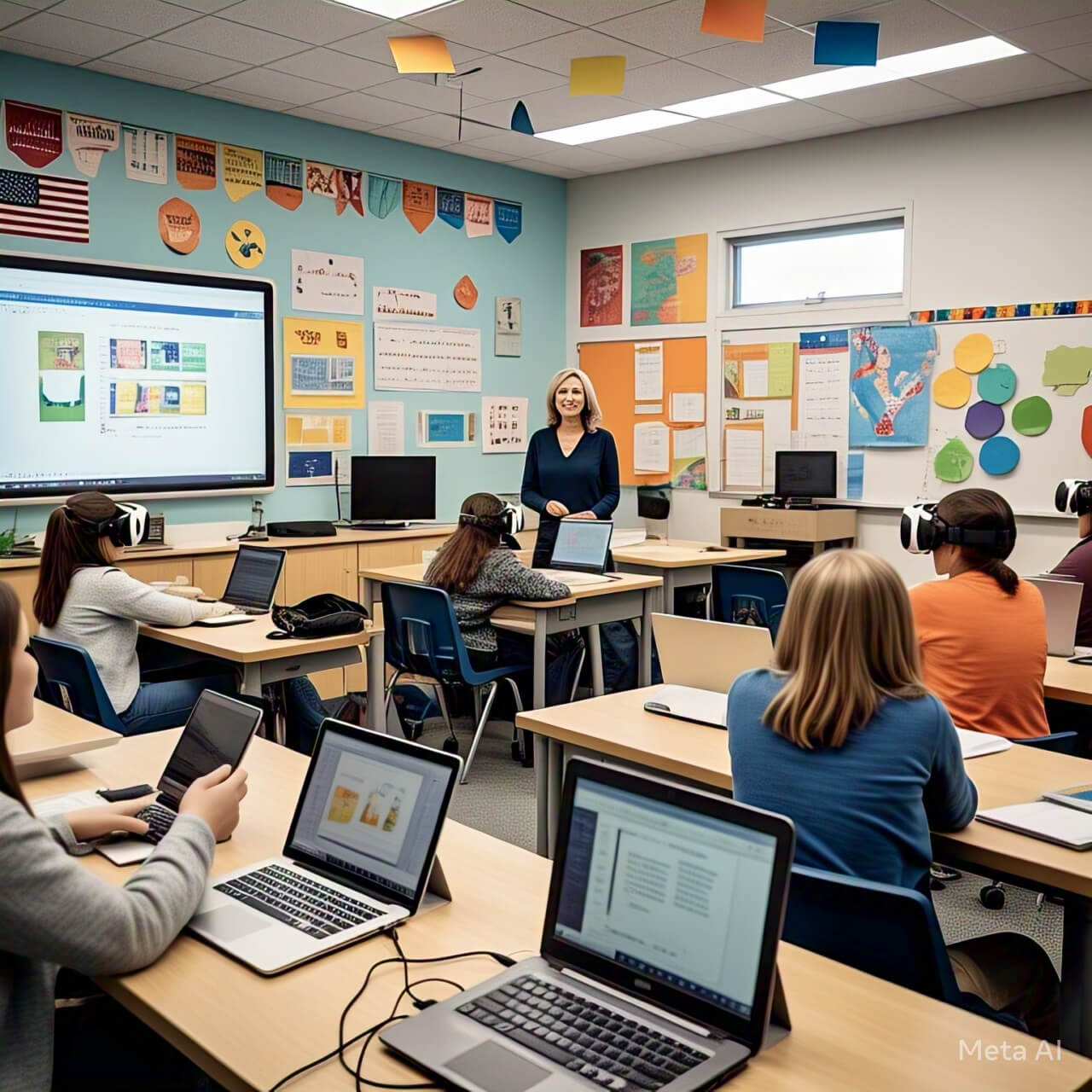Technology has become an essential part of modern education, transforming how teachers teach and students learn. By integrating technology into the classroom, educators can create more engaging, interactive, and personalized learning experiences. Tools like computers, tablets, smartboards, and educational apps allow students to access a wealth of information and resources at their fingertips. Technology also helps teachers streamline their work, from grading assignments to tracking student progress. However, using technology effectively requires planning and understanding.
It’s not just about having the latest gadgets; it’s about using them to enhance learning. For example, videos and interactive simulations can make complex topics easier to understand. Online platforms enable students to collaborate on projects, even from home. Additionally, technology can help bridge gaps for students with different learning needs, providing tools like text-to-speech or language translation. While challenges like screen time management and technical issues may arise, the benefits of using technology in the classroom far outweigh the drawbacks. When used wisely, technology can make learning more fun, efficient, and accessible for everyone.

10 Tips for Using Technology in the Classroom
- Start with clear learning goals.
- Use interactive tools for engagement.
- Encourage collaboration through online platforms.
- Provide training for teachers and students.
- Use videos to explain complex topics.
- Monitor screen time to avoid overuse.
- Incorporate gamification for fun learning.
- Use apps for personalized learning.
- Ensure internet safety and privacy.
- Regularly update and maintain devices.
1. Set Clear Learning Goals
Before introducing technology, define what you want to achieve. Whether it’s improving math skills or encouraging creativity, having clear goals ensures technology serves a purpose. For example, if the goal is to enhance reading skills, use e-books or audiobooks. Clear objectives help teachers choose the right tools and measure success effectively.
2. Choose Interactive Tools
Interactive tools like smartboards, quizzes, and educational games make learning fun and engaging. These tools allow students to participate actively rather than just listening. For instance, a quiz app can turn a boring review session into a competitive game, keeping students motivated and focused.
3. Promote Collaboration
Technology enables students to work together, even remotely. Platforms like Google Classroom or Microsoft Teams let students share ideas and complete group projects online. This not only builds teamwork skills but also prepares them for the digital workplace.
4. Provide Training
Both teachers and students need training to use technology effectively. Teachers should learn how to integrate tools into lessons, while students need guidance on using devices responsibly. Regular workshops can help everyone stay updated and confident.
5. Use Videos for Better Understanding
Videos can simplify complex topics. For example, a science experiment can be shown through a video if the real setup isn’t possible. Platforms like YouTube or Khan Academy offer educational videos that cater to different learning styles.
6. Manage Screen Time
While technology is helpful, too much screen time can be harmful. Set limits to ensure students balance screen use with other activities. For instance, alternate between digital and hands-on tasks to keep learning diverse and healthy.
7. Incorporate Gamification
Gamification uses game elements like points and rewards to make learning fun. Apps like Kahoot or Duolingo turn lessons into games, motivating students to participate and achieve their best.
8. Personalize Learning with Apps
Every student learns differently. Apps like Khan Academy or Quizlet offer personalized lessons based on individual progress. This helps students learn at their own pace and focus on areas where they need improvement.
9. Ensure Internet Safety
Teach students about online safety and privacy. Use filters to block inappropriate content and encourage responsible internet use. Discuss topics like cyberbullying and the importance of protecting personal information.
10. Maintain Devices Regularly
Technology can break down or become outdated. Regularly update software and fix issues to avoid disruptions. Having a tech support plan ensures devices are always ready for use.

FAQs
| Question | Answer |
|---|---|
| How can technology improve learning? | It makes lessons interactive, personalized, and accessible for all students. |
| What are some good educational apps? | Khan Academy, Quizlet, Duolingo, and Google Classroom are popular choices. |
| How do I manage screen time in class? | Set limits and alternate between digital and non-digital activities. |
| Is training necessary for using technology? | Yes, training helps teachers and students use tools effectively and safely. |
| How can I ensure internet safety? | Use filters, teach online safety, and monitor student activity. |
By following these tips and strategies, teachers can effectively use technology to create a dynamic and inclusive classroom environment.


